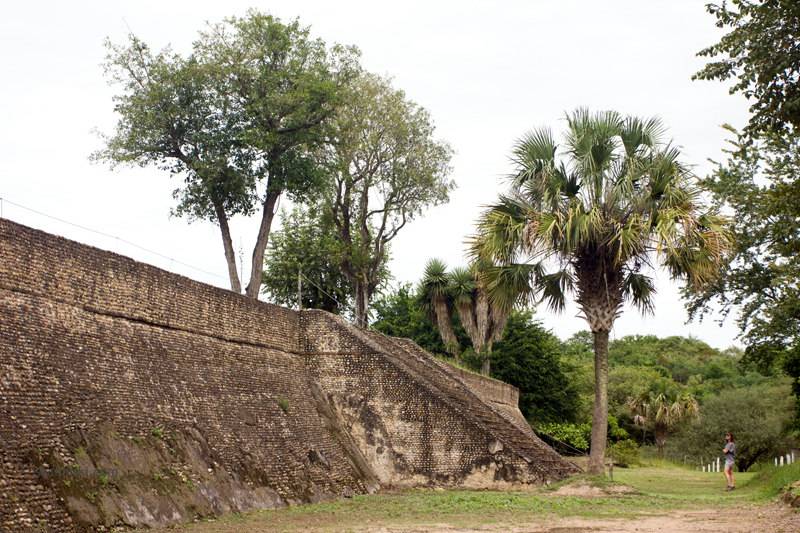Tamuín, a municipio in the Mexican state of San Luis Potosí, stands as a testament to the rich cultural and historical heritage of the Huastec civilization, a branch of the Maya group. This region, located approximately 1000 km south of the US border, is part of the broader area known as Huasteca, which spans across several Mexican states. Today, Tamuín is recognized for its significant archaeological sites that offer insights into the precolonial Huastec culture.
Huastec civilization
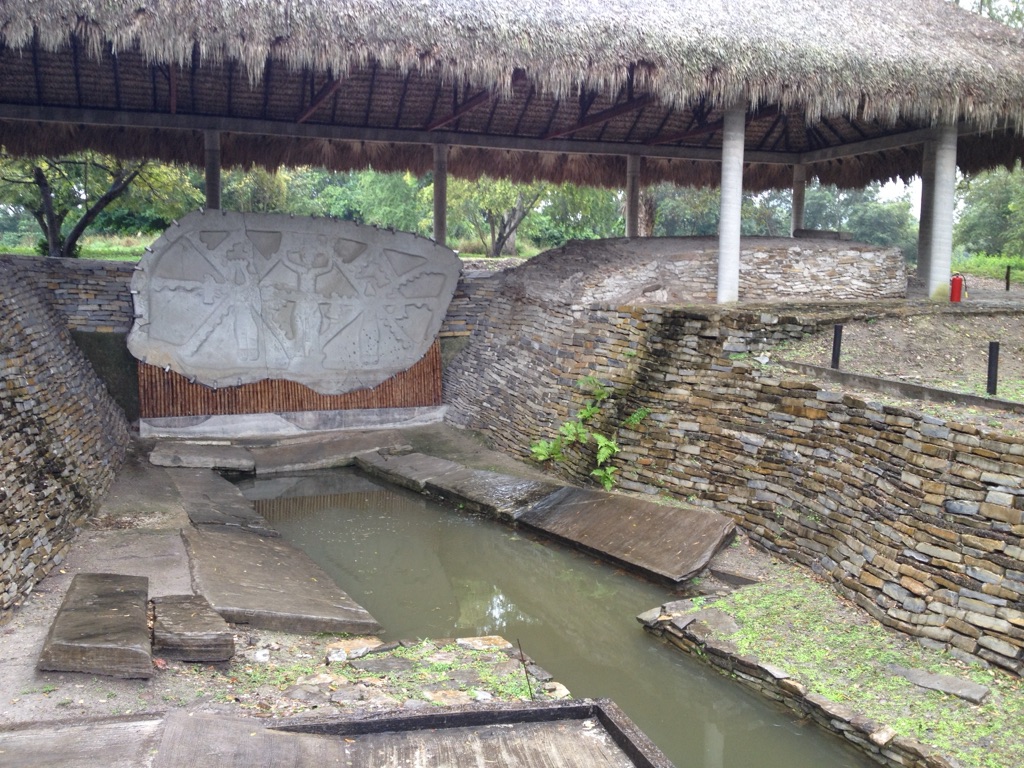
The Huastec civilization, often overshadowed by the more widely known Aztec and Maya cultures, is a fascinating subject that deserves a closer look. Flourishing in the northeastern region of Mesoamerica, particularly in what is now known as the Mexican states of Veracruz and San Luis Potosí, the Huastecs developed a unique culture that was both influenced by and distinct from their more famous neighbors. Their civilization, which reached its zenith between the 10th and 15th centuries AD, was characterized by remarkable achievements in architecture, art, and society, making them an integral part of the rich tapestry of pre-Columbian history in the Americas. One of the most striking aspects of the Huastec civilization was their distinctive art style, particularly evident in their statues and pottery. The Huastecs had a penchant for creating highly expressive sculptures, often depicting deities, animals, and humans with a level of emotion and detail that was uncommon among their contemporaries. These artworks provide invaluable insights into the spiritual and daily life of the Huastec people, showcasing a society deeply connected to their beliefs, natural environment, and each other. Their pottery, often adorned with intricate designs and vibrant colors, further underscores the Huastecs’ artistic prowess and their ability to infuse beauty and meaning into everyday objects.
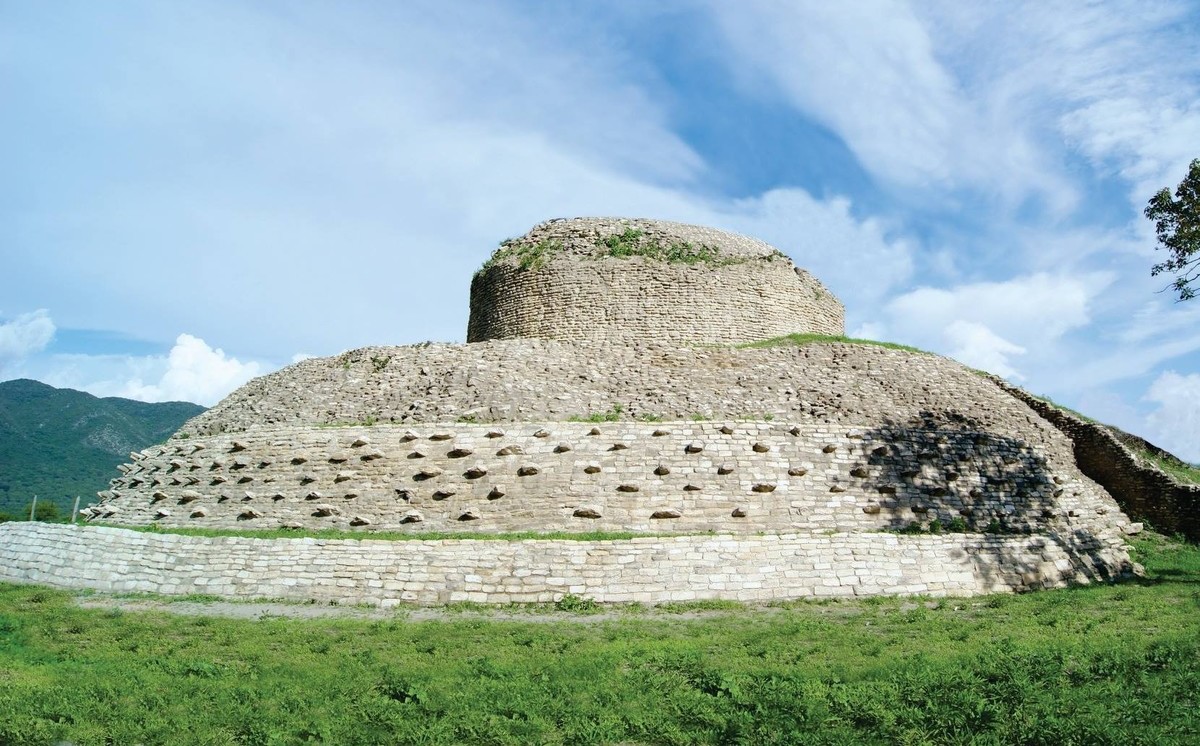
Architecturally, the Huastecs made significant contributions to the Mesoamerican landscape, with their ceremonial centers and temples reflecting a deep understanding of both aesthetics and engineering. Sites such as Tamtoc and Castillo de Teayo stand as testaments to their architectural ingenuity, featuring complex layouts, impressive sculptures, and monumental buildings that have withstood the ravages of time. These structures were not only places of worship but also served as hubs for social and political activities, highlighting the central role of religion and ritual in Huastec society. Despite the richness of their culture, the Huastecs, like many indigenous civilizations, faced significant challenges and eventual decline with the arrival of Spanish conquistadors in the 16th century. However, their legacy lives on, not only in the physical remnants of their civilization but also in the enduring spirit of the Huastec people who continue to inhabit the region. By studying the Huastec civilization, we gain a deeper appreciation for the diversity and complexity of pre-Columbian societies in the Americas, reminding us of the importance of preserving and honoring these ancient cultures for future generations.
Huastec Archaeological sites and Artifacts
FAQs on the Huastec Civilization
What happened to the Huastec Civilization?
The Huastec civilization, once a vibrant and distinct culture in Mesoamerica, experienced a gradual decline leading up to the Spanish conquest in the early 16th century. By the time the Spanish arrived, the Huastecs had already been weakened by external pressures, particularly from the aggressive expansion of the Aztec Empire. The Spanish conquest, coupled with the introduction of European diseases to which the indigenous populations had no immunity, significantly diminished the Huastec population and disrupted their societal structures. Despite these challenges, descendants of the Huastec people still live today in parts of Mexico, preserving elements of their ancestral culture.
What is the origin of the Huastec people?
The Huastec people are believed to have originated from the ancient Mesoamerican civilizations. Their history is thought to date back to as early as 1500 BC. According to some theories, the Huastecs might have separated from the other Mayan groups and migrated northwards, settling in what is now the northeastern region of Mexico. This migration is believed to have occurred around 2000-1500 BC. The Huastecs developed their own unique culture, distinct from their Mayan relatives, in the areas now known as Veracruz and San Luis Potosí.
What language did the Huastec Civilization speak?
The Huastec civilization spoke the Huastec language, which is part of the Mayan language family. Despite their geographical separation from the main Mayan cultural area, the Huastecs maintained linguistic ties with the Mayan languages, indicating their historical connection to the broader Mayan civilization. The Huastec language, also known as Teenek, has survived to the present day, with several thousand speakers in the Huasteca region of Mexico, preserving an important aspect of the Huastec heritage.
What was the Huastec language?
The Huastec language, also referred to as Teenek, is a member of the Mayan language family. It is characterized by its unique phonetic and grammatical features, distinguishing it from other Mayan languages. The language has various dialects and has been preserved through oral traditions, songs, and rituals among the Huastec people. Despite the impact of Spanish colonization, the Huastec language continues to be spoken by communities in Mexico, particularly in the states of Veracruz, San Luis Potosí, and Hidalgo.
What was the Huastec religion?
The Huastec religion was polytheistic, with a pantheon of gods that governed various aspects of the natural world and human life. Their religious practices included rituals, ceremonies, and offerings to honor their deities and ensure favorable outcomes in agriculture, warfare, and daily life. The Huastecs also believed in an afterlife and practiced ancestor worship. Key deities in the Huastec pantheon included gods associated with the earth, fertility, rain, and the sun. The influence of neighboring Mesoamerican cultures, such as the Aztecs and Mayans, is evident in some aspects of Huastec religious practices and mythology.
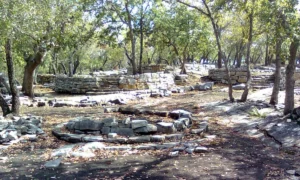
Balcón de Montezuma
Balcón de Montezuma, also known by its indigenous name “Balcon del Chiue,” is a significant archaeological site that offers a window into the ancient Huastec civilization. Located in the state of Tamaulipas, Mexico, this site is a testament to the rich cultural heritage and complex societies that flourished in Mesoamerica before the arrival of European explorers.
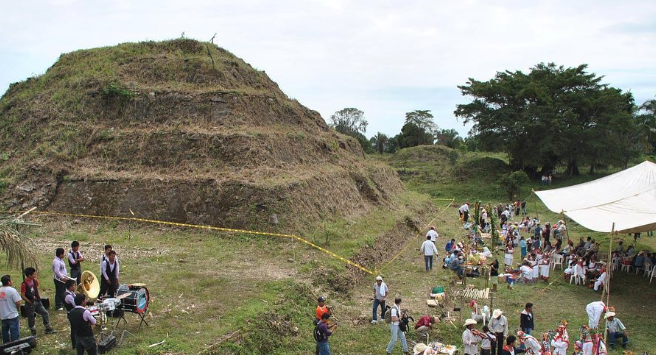
Mesa de Cacahuatenco
Mesa de Cacahuatenco is a significant Mesoamerican pre-Columbian archaeological site situated in the municipality of Ixhuatlán de Madero, in the northern region of Veracruz, Mexico. This site, positioned south of the Vinasca River, is approximately 44 kilometers west of Castillo de Teayo and about 80 kilometers southeast of the El Tajín archaeological site. Mesa de Cacahuatenco, with its extensive area and numerous structures, is recognized as a crucial ceremonial center within the Huasteca region.

Tammapul
Tammapul, a name that translates to “Place of Mist” from the Huastec language, stands as a testament to the rich and complex history of Pre-Columbian civilizations in what is now Tamaulipas, Mexico. This archaeological site, located approximately 8 kilometers southeast of Tula and adjacent to the Tula lagoon, is attributed to the Huastec civilization. However, the discovery of 35,000 ceramic remains suggests a simultaneous connection to the Río Verde culture from the neighboring state of San Luis Potosí, indicating a confluence of cultural influences at this site.
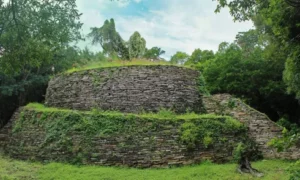
El Sabinito
El Sabinito is a historical site nestled in the northeastern state of San Luis Potosí, Mexico. It’s a treasure trove of history, showcasing the ruins of a once-thriving settlement. The site offers a glimpse into the lives of the people who lived there centuries ago. El Sabinito’s stone structures and artifacts tell stories of the past, inviting visitors and researchers to uncover its secrets. The site’s significance lies not only in its physical remains but also in the cultural and historical insights it provides.
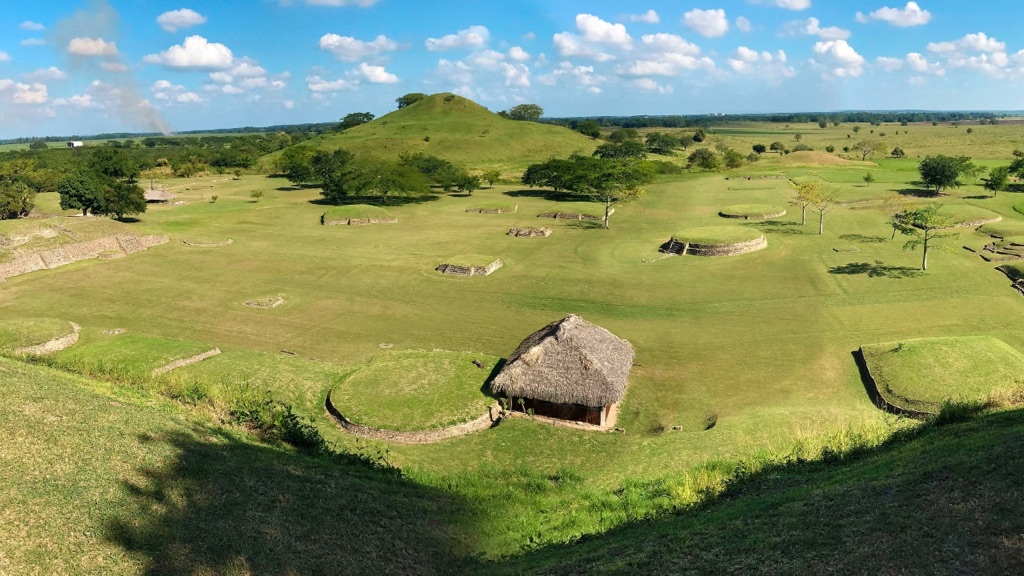
Tamtoc
Tamtoc is an archaeological site in Mexico, known for its rich history and cultural significance. It offers a window into the lives of the pre-Columbian Huastec civilization. The site features remarkable stone structures, including pyramids, plazas, and a unique circular altar. Tamtoc’s discovery and subsequent studies have shed light on the Huastec people and their way of life before the Spanish conquest.

